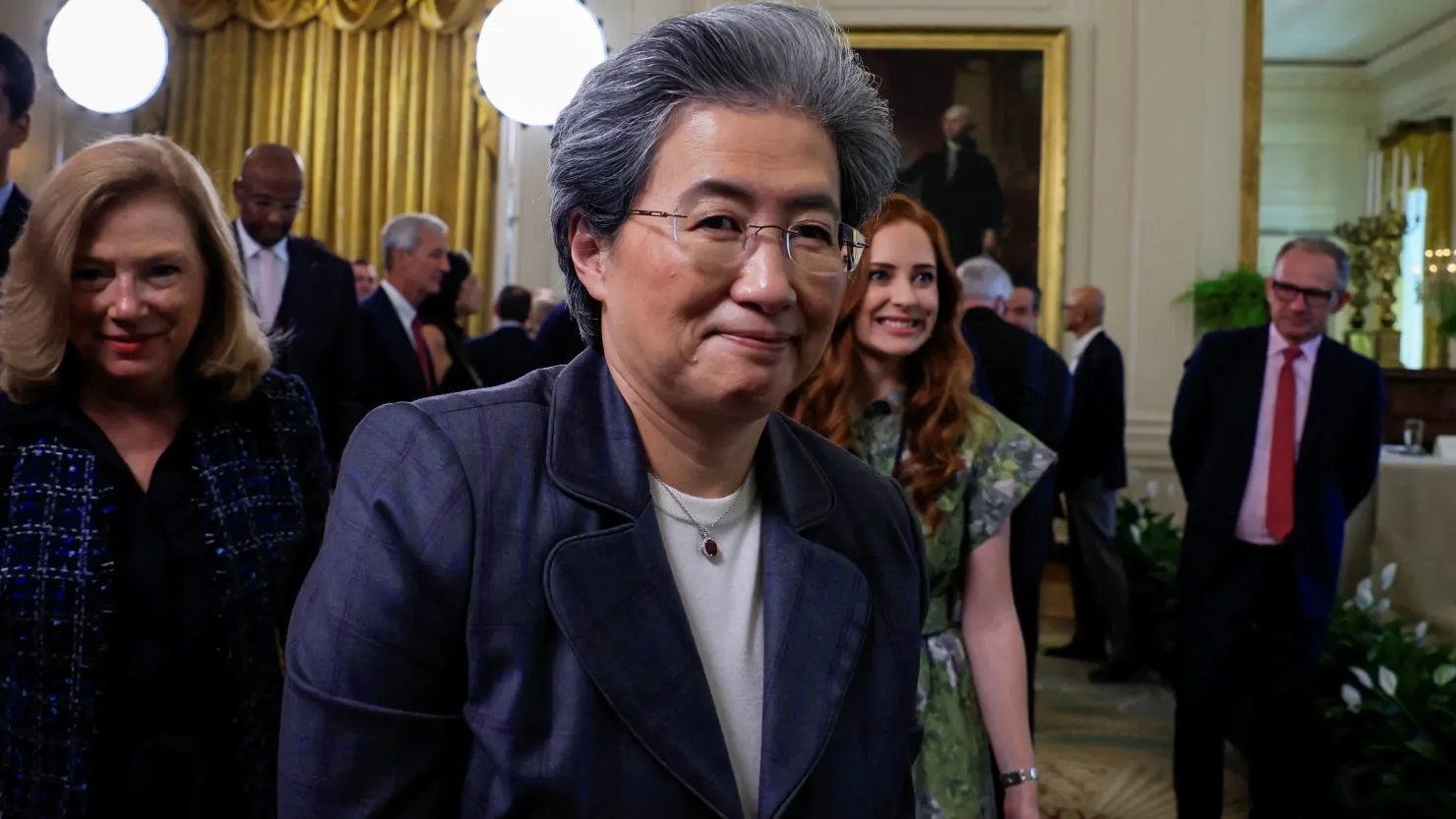AMD and U.S. Department of Energy Join Forces in $1 Billion Supercomputer & AI Partnership

The U.S. Department of Energy (DOE) has entered a landmark $1 billion partnership with Advanced Micro Devices (AMD) to design and deploy next-generation AI-driven supercomputers. This collaboration marks one of the largest technology–government alliances in high-performance computing history, aimed at accelerating breakthroughs in science, energy, climate research, and national security.
Insight: The DOE-AMD partnership underscores how AI computing infrastructure is becoming the new foundation of national competitiveness — shaping the future of innovation, research, and strategic independence.
1. Inside the Partnership
According to official announcements, the partnership will fund the creation of two world-class systems — codenamed “Lux” and “Discovery.”
These supercomputers are being engineered to deliver exponential computing capabilities, far surpassing today’s most powerful AI infrastructures.
- Lux: Expected to go live within the next six months, it will deliver nearly triple the AI performance of existing U.S. government systems, using AMD’s latest data-center accelerators.
- Discovery: Planned for rollout by 2029, this next-generation platform will push into the realm of exascale-plus computing, combining AI and quantum-ready architecture.
The partnership also extends beyond hardware — it includes new AI frameworks, green computing technologies, and open-source software designed to optimize performance while minimizing energy consumption.
2. Why This Matters Globally
This initiative demonstrates how advanced computing has become central to addressing global challenges — from pandemic modelling to renewable energy optimization and even agricultural forecasting.
Governments now view AI supercomputers as national assets, capable of providing long-term strategic advantages.
The U.S. move also signals a growing shift from software dominance to hardware sovereignty. With NVIDIA and Intel already leading the AI chip race, AMD’s participation through this public-private partnership marks its evolution into a global powerhouse for AI infrastructure.
3. AI for Science and Society
The DOE plans to use the new supercomputers for a broad range of research applications:
- Climate modeling and sustainable energy systems
- AI-powered cancer and genomic research
- Fusion energy development and advanced materials design
- Autonomous robotics and space exploration analytics
By integrating AMD’s AI-optimized processors and custom accelerator chips, these machines will allow scientists to process unprecedented volumes of data in real-time — shortening discovery cycles that once took years into days.
4. Economic & Geopolitical Impact
With a $1 billion commitment, this partnership represents not just a technological leap but a statement of intent — a declaration that AI computing is the next industrial revolution.
Countries investing early in supercomputing infrastructure are expected to dominate future industries — from biotech to defense.
For emerging economies like Nigeria, Kenya, and South Africa, this highlights an urgent need to invest in AI education, compute access, and local cloud infrastructure.
Such investments could bridge the digital divide and enable participation in global AI ecosystems rather than dependence on foreign compute monopolies.
5. What Experts Are Saying
“We are entering an era where national power is measured by AI capability. Partnerships like this redefine scientific research, national resilience, and future security.”
— Tech policy analyst, Washington D.C.
Industry experts believe this DOE–AMD deal could also encourage similar collaborations across Europe, Asia, and Africa — blending public funding with private expertise to accelerate AI-driven research globally.
6. What to Expect Next
- Deployment Phase: “Lux” will begin pilot operations within months, focusing initially on AI-enhanced climate simulations.
- Open Science Access: The DOE hinted at future collaborations with universities and startups for data-driven research programs.
- Energy-Efficient Design: Both systems are expected to run on clean-energy data centers, emphasizing sustainability.
The partnership could eventually reshape the global computing map — influencing how nations approach innovation, education, and security in the AI age.
